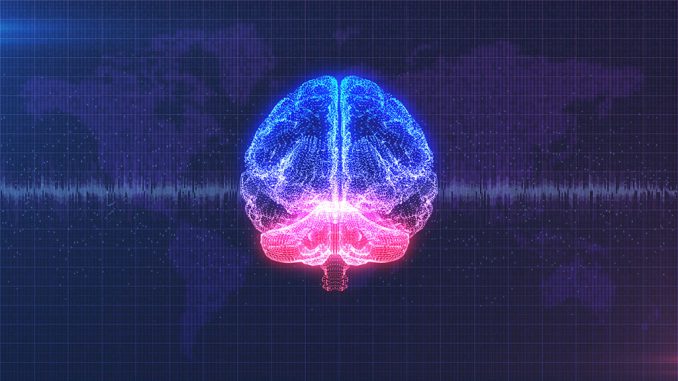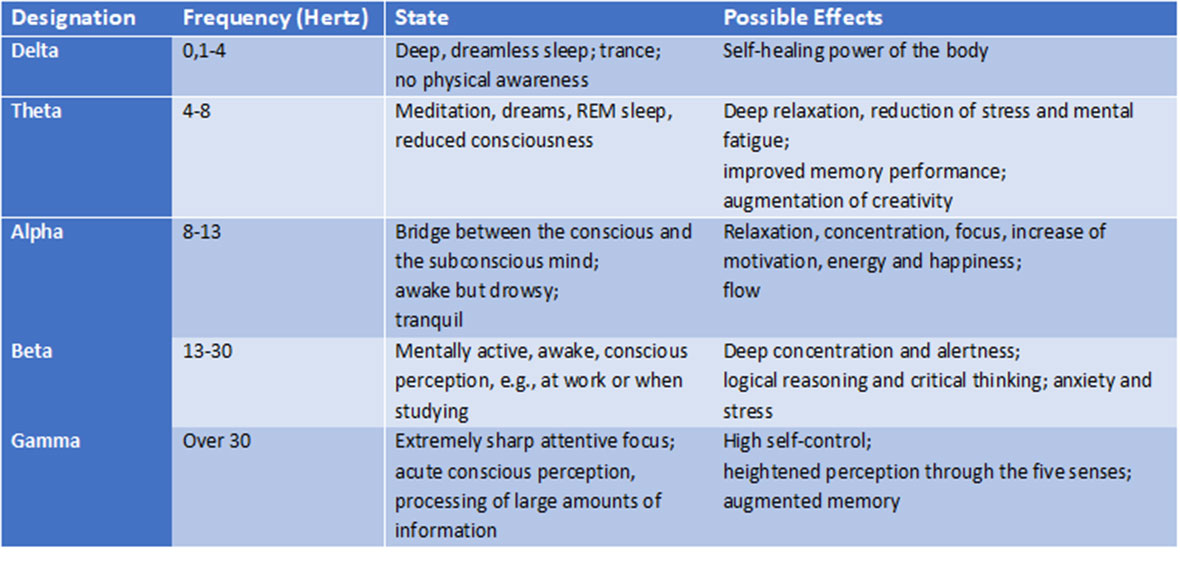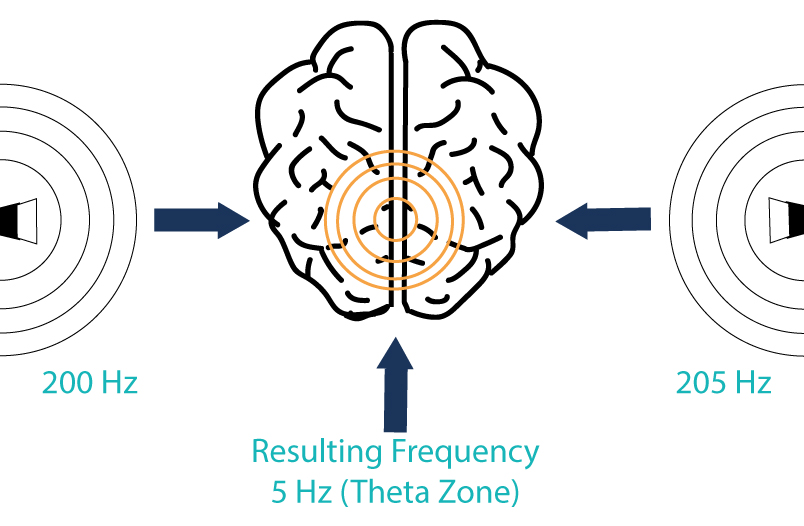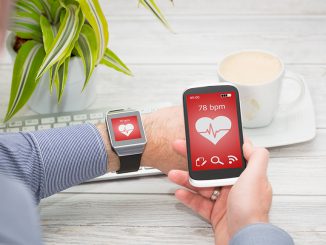
After a short introduction into the topic Transformative Technologies (TransTech), and the presentation of some corresponding TransTech gadgets in the first blog article on the subject, this part is about NeuroTech for increasing the subjective well-being, productivity, and safety.
What is NeuroTech?
Today, NeuroTech enables the ordinary user to study, understand and possibly even to manipulate the functioning of the brain in order to eventually assist the brain and thus the person, for example, in accomplishing a task in a much better way, or in generally increasing his or her subjective well-being.
The simplest way of observing the workings of the brain is to monitor and analyze the brainwaves. The brain consists of billions of neurons, which generate electrical signals and communicate with each other by sending electrical impulses through dendrites. The sum of these signals creates an electrical field that is strong enough that a person while being awake could – hypothetically – make a 25-Watt lightbulb glow. The synchronized neuronal activities create different frequencies which can be measured outside the head by means of an electroencephalogram (EEG). These days, simple EEGs with only a few measuring points are already available for private use or work-related applications, meaning that it is not required anymore to have only medical practitioners employ the EEG.
Brainwaves and Their Effects
In general, NeuroTech distinguisheds five different brainwaves according to their frequency, with each type of brainwaves being produced in the brain according to the currently prevailing state. This means that different brainwaves do not only have different causes, but also different effects on people (see table below). Now, the interesting thing is that the different brainwaves can also be generated more or less deliberately: people who are, for instance, very experienced in meditation are able to make the brain produce more theta waves, which generally contribute to relaxation, by meditating. Apart from that, theta waves are generated, for instance, in the REM phases of a light sleep.
How NeuroTech works: Measuring and Manipulating Brainwaves
Simple EEG sensors integrated in headbands or headgear make it possible to measure these waves at least on certain parts of the head such as the forehead, the temples, and behind the ears. Appliances such as Muse and the appropriate app can be used at home to determine the progress that the user has made in his or her meditation exercises. The Chinese company Deayea installs corresponding sensors in helmets and uniform caps. This allows the surveillance of waking and stressful states, for example, of engine drivers or assembly-line workers. According to the manufacturer, such “brain surveillance devices”, a subarea of “emotional surveillance technology”, achieve an accuracy of more than 90 percent by now, and are also applied on assembly-line workers and the military in China.
As you can see, measuring the brainwaves is relatively easy, at least to a certain degree. Manipulating the generation of brainwaves, and thus the production of a certain type of brainwaves is, as mentioned before, possible by doing the corresponding exercises like meditation, or even by sleeping, etc. By now, however, it is also well-known that manipulation does not require any invasive methods, or having a person perform any corresponding activities. It can also be done with the aid of binaural beats – “optical illusions for the ears”, so to speak. For this purpose, users have to wear headphones where the sound that they hear with one ear has a slightly different frequency than the sound that is played to the other ear. The brain then picks up the difference in frequencies between the two sounds, and synchronizes its brainwaves in accordance with this difference (also called “Brainwave Entrainment”). This mechanism is of significance because sounds with a frequency below approx. 20 Hertz (i.e., sounds that create the waves described in the table above) cannot be discerned by human hearing at all. How and why exactly the brain produces the appropriate brainwaves due to differently heard frequencies is not known yet.
Using NeuroTech at Work or for Relaxation
Binaural beats and musical pieces with underlying binaural beats are offered on multiple platforms on the Internet. Their utilization does not require any special devices apart from headphones. Sound designer Dr. Stéphane Pigeon also provides the means to create individual binaural beats on his websites BrainAural and myNoise. Frequencies in the higher alpha wave ranges are interesting for students and people who have to concentrate on their work; people who want to relax may create a rather low alpha frequency, or a theta frequency. Binaural beats are even used in the medical field. On their Austrian website for Aspirin, Bayer offers in fact several binaural sound pieces that are meant to help ease headache pain.
Even if technology can often be a cause of stress and illness nowadays, at least some applications from the field of Transformative Technologies provide the means to improve the personal subjective well-being. As was shown in the first blog article, they may help people breathe in a healthy way throughout the day, and in doing so supply the body and especially the brain with oxygen as well as stimulate the parasympathetic nervous system. As was pointed out in this article, TransTech can also be employed directly on the skull. “Brain surveillance devices” may be regarded with a critical eye from an ethical point of view, they are nevertheless already used at workplaces. What is more, the utilization of these technologies also allows private users to learn a great deal about their body and their brain, to which they are not always able to give any attention in their hectic and jam-packed everyday life. Yet, the conscious interaction with the mentioned technologies is a fundamental prerequisite for the positive effects of TransTech. In any case, TransTech is only just emerging from a niche of interested researchers and users into the world of private and work-related applications.
P.S.: The author of this article was listening to binaural beats and isochronal sounds during writing.
Book Recommendation:
André Daiyû Steiner, Carolin Hefele, Prof. Dr. Christian Schmidkonz (2018): Happiness im Business, Wiley.
The author is responsible for the content and form of this article.

You are interested in economics and want to acquire in-depth business know-how?
Then the international business degrees at Munich Business School (MBS) are just right for you! At MBS you won’t cram dry theory from old textbooks, but learn in a outcome-oriented way and gain valuable practical experience. Convince yourself:
Bachelor’s in International Business
Master’s in International Business
Master’s in International Business I Finance
Master’s in Innovation and Entrepreneurship
Master’s in International Marketing and Brand Management
Master’s in Sports Business and Communication
MBA General Management
Doctor of Business Administration





